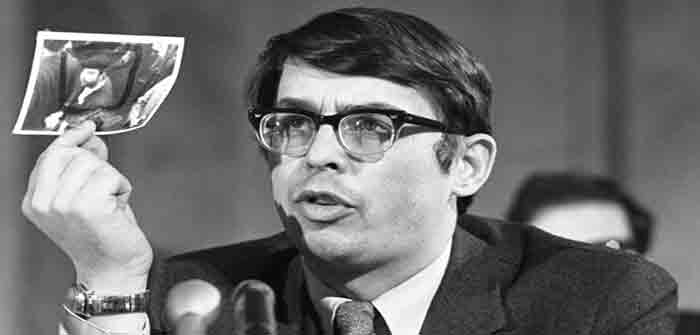
by RT News Staff at RT
In 1970, a US Army captain went rogue after he discovered that the military was conducting surveillance on dissidents across the country, thus sparking the first effort in modern times to tame US intelligence.
In 1968, almost half a century before the world heard the name of Edward Snowden, the former NSA contractor who blew the whistle on a US-run global surveillance system, Christopher Pyle, an Army captain who taught law at the Army’s intelligence school at Fort Holabird, Maryland, was about to do something no less memorable.
After Pyle had concluded one of his popular lectures on civil disorder, which focused on how the military could better quell riots in those highly volatile times, a military officer directly involved in such operations approached him with the request for a meeting. Several days later, Pyle was escorted into a large warehouse facility that once had been used to assemble railroad engines. In his 2006 book, No Place to Hide, Robert O’Harrow described what happened next.
“Pyle walked into the cage, where an officer showed him books containing mug shots. He looked in the first volume and saw a familiar face. It was Ralph David Abernathy, Martin Luther King’s assistant. Officers called the books the ‘black list.’”
“Outside the cage, Pyle saw more than a dozen teletype machines. The head of the CONUS [acronym for Continental United States] intelligence section told him they were spitting out reports from some fifteen hundred Army operatives about demonstrations with twenty people or more. Pyle was starting to understand how naive he’d been. He began formulating a plan. He would be getting out of the Army soon. He could tell the world about what was going on. When he joined the Army he took an oath to defend the country against all enemies, here and abroad. In his mind now, that included the Army’s intelligence operation. They turned in their security badges and left the building.”
And thus was born one of the most consequential whistleblowers of the post-World War II era.
In January 1970, Pyle,…
Continue Reading